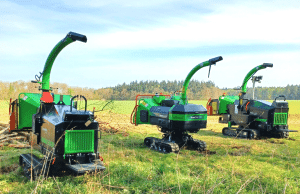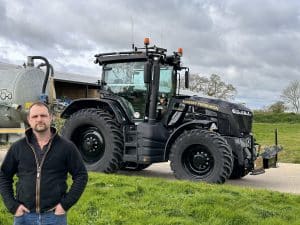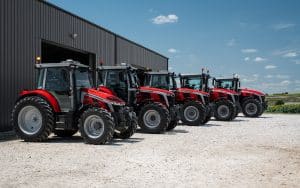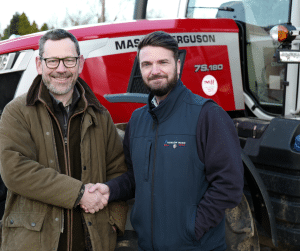Fendt 1167 MT proves its worth in varying on-farm conditions
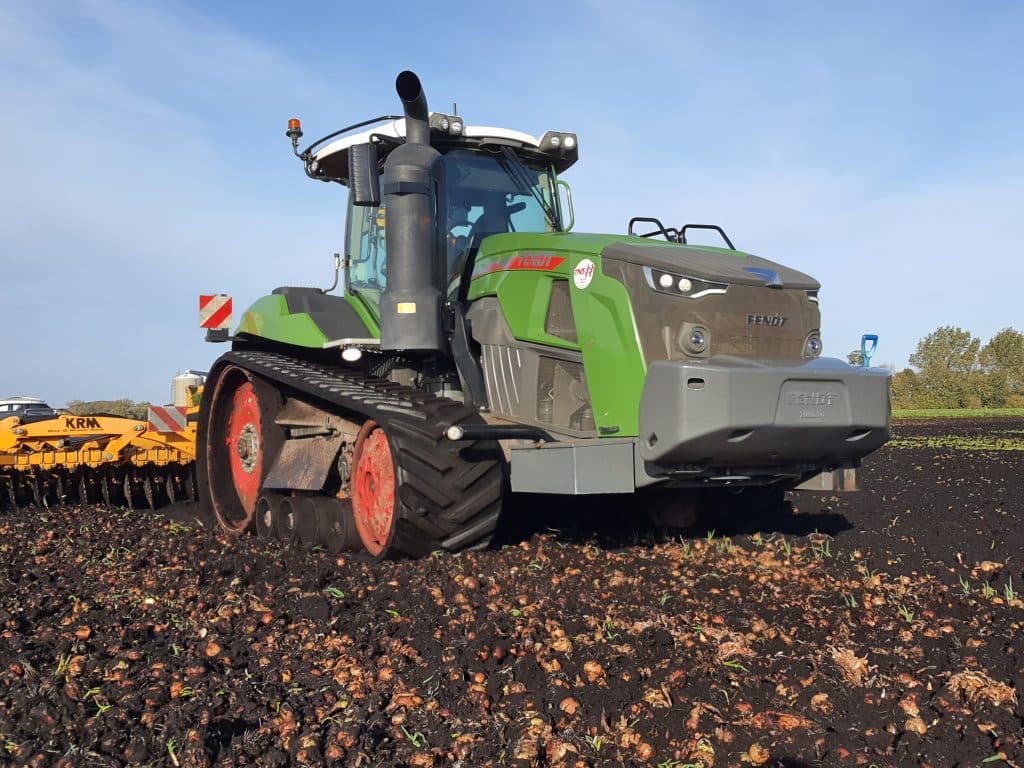
The flagship Challenger tracklayer left a long shadow – can Fendt’s MT provide a worthy successor which also meets the needs of today’s farms?
Fieldwork at G’s Norfolk Farms’ Wissington site presents an unusual challenge for a high-horsepower tractor.
The largest cropping areas are 520 hectares of Romaine lettuce and 150ha of celery drilled and harvested through most of the year, followed by break crops, including 300ha of wheat, all grown on black fen soil.
It is a diverse rotation which also includes onions, potatoes for packing and sugar beet, which goes ‘next door’ to British Sugar’s Wissington factory.
General Manager Martin Hammond says: “The aim is to keep the soil covered as much as possible. While salads take priority – including 70ha of Chinese cabbage, which is shallow-rooted and needs careful production – we have to establish crops after potatoes and sugar beet.
“We are looking at lower disturbance cultivations, but currently have to plough after every crop of lettuce.”
The 1,400ha of land is ringfenced and bordered by the Wissey and New Cut rivers, with the packhouse at its centre, providing facilities to take crops from the field to customer depots via vacuum cooler, cold store and fridge lorry.
Fields, which average 7ha, are enclosed by hedges to counter erosion and watercourses – some 50 miles in total.
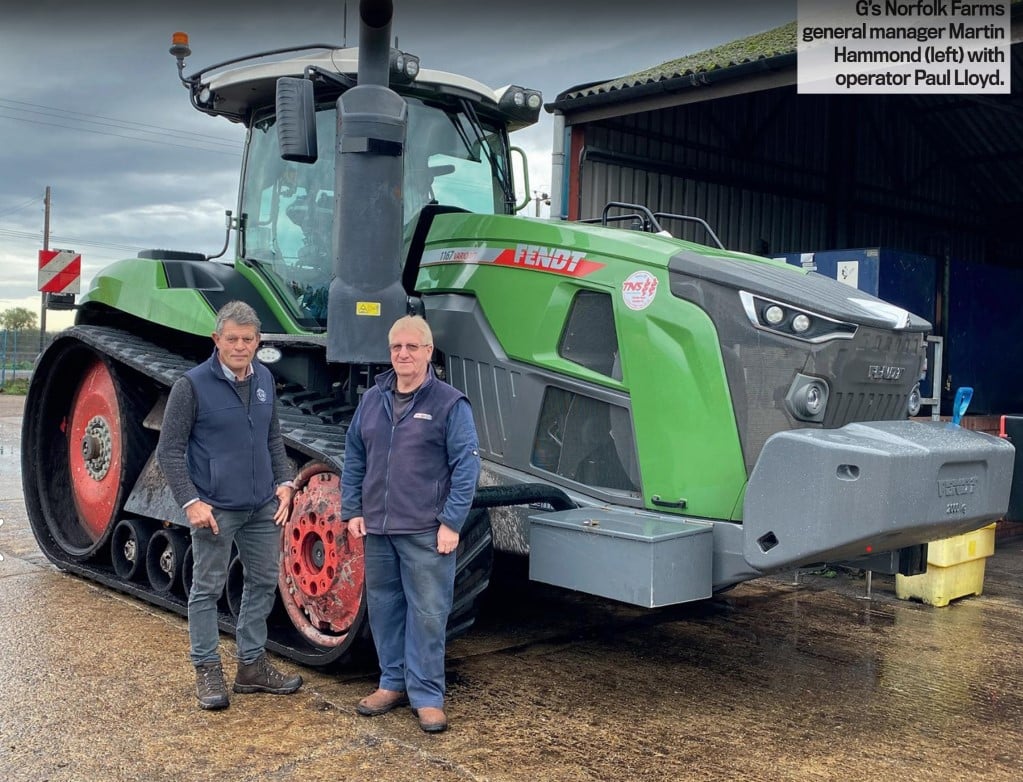
The traditional fen drainage system is used in reverse to bring the water table up under the crop via a system of pipes at 10-metre intervals, holding water at 60cm below the crop.
Mr Hammond says: “This ensures crop quality and means we do not have to add water to harvest, improving food safety. We do still need to irrigate if it is particularly dry and for crops such as celery, which have a high water content.”
He adds that on such delicate soils, a tracklayer gives the ability to travel through a long season with minimal soil compaction, thus bringing versatility.
At the end of 2021, Fendt’s MT 1167 tracklayer replaced a Challenger 845E, which had 9,000 hours on the clock.
Operator Paul Lloyd says: “We were ready to change, but needed to stick with a tracklayer to work on the fen.”
The 673hp MT 1167 is deployed for cultivations tasks, including pulling a nine-furrow Gregoire Besson plough and press, an Agrisem disc combination and a range of subsoilers up to an 8m TWB model used for shallow work.
It is also used for land levelling with a laser-guided scraper.
Mr Lloyd says: “We saw it on demo and bought the demonstrator, which had about 250 hours on it, and we have since put almost 2,000 hours on the clock.
“It is not difficult land compared to some of the heavier soils this type of tractor might work on, but it does plenty of work.”
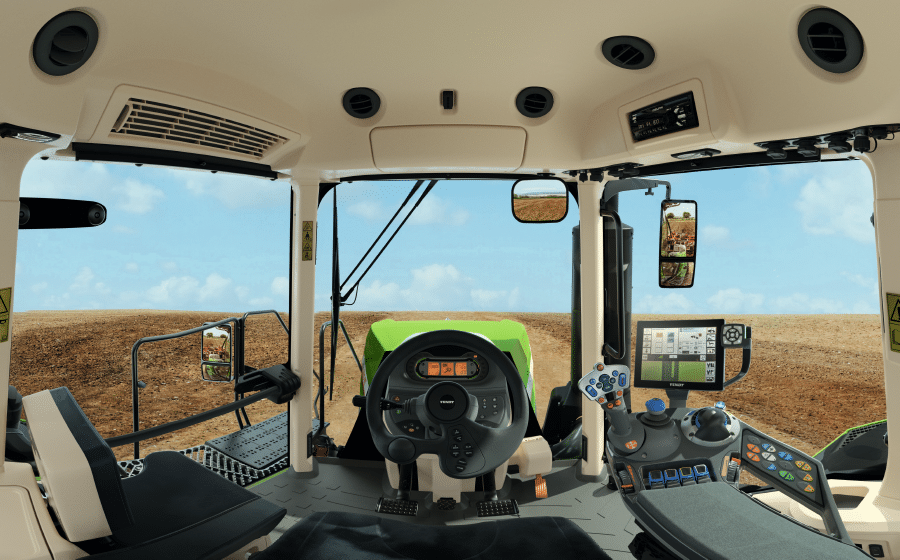
Having absorbed the Challenger range into its line-up in 2017, Fendt brought the smaller MT 900s to market fairly quickly, but took more time over the 1100 series.
One important revision was to separate the cooling pack from the engine, introducing a hydraulically driven fan with its own circuit, which pushes hot air to the vents in the bonnet for improved cooling.
Mr Lloyd says: “It is very effective and the gap between the fan and the engine has reduced the noise levels significantly. I have had a lot of Challengers over the years and this makes the Fendt a lot more pleasant to drive.”
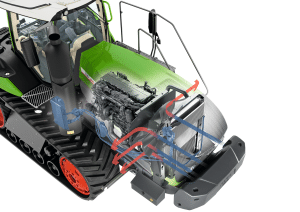
Another major update is the swap from a powershift transmission to the Vario Drive stepless system also used on the wheeled Vario 1050 tractors, but adapted for tracklayers.
Mr Hammond says: “It is very good in changing conditions as it works to select the correct gear ratio for the engine revs.
“I always feel on top of the work and I can set the required speed for an operation, such as subsoiling, and the engine and transmission will work together to travel at that speed.
“We are impressed with the combination of the latest engine technology and the Vario Drive. Even though it is more powerful than the Challenger, it is more economical – we are saving about one-third on fuel.”
A new track system benefits from a suspended chassis, which Mr Lloyd says makes for a more comfortable ride on the road, while the longer tracks give more grip and a smoother ride in the field.
A significant development in the small fields and light soils is the way the tracks perform and steer, he says. The drive wheel is powered by the drive shaft and force is transferred to the tread by friction – the idler wheel is driven by the movement of the tread.
Mr Lloyd says: “There is no gearbox, so the tractor is not as heavy on the rear end. It pivots more on the front end, which lets the tracks steer more easily.
“On the Challenger, you would get a build-up of soil on a turn, but the rear of the tracks now release the soil.”
He adds that the more balanced geometry of the tractor also helps on deep going.
Mr Lloyd says: “We do not need weight on the back end – on more difficult ground you may need more, but I understand it is possible to have idler weights fitted if necessary.”
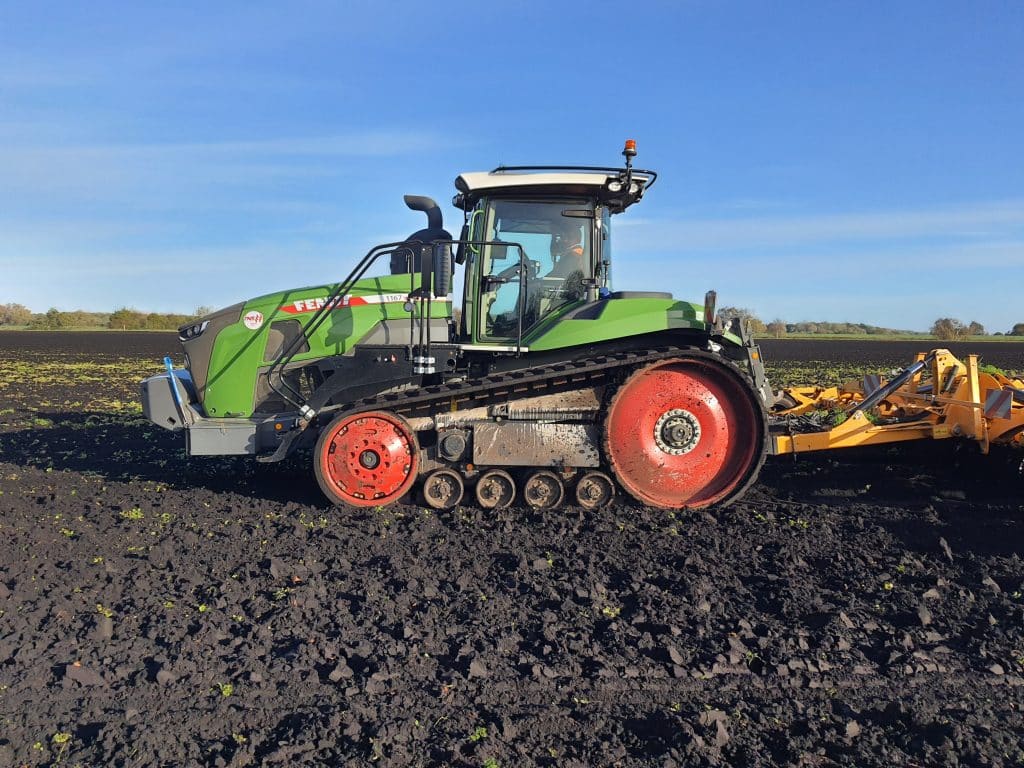
The pivoting drawbar, which cuts the traction needed on turns, reducing fuel consumption, is integrated with the rear power lift.
Mr Lloyd says: “The hitch has to be fully down before the drawbar will swing, which takes time. It definitely improves the steering, but would be better if it came into play more quickly.”
A camera is needed for hitching up. Mr Lloyd says the bulk of the tractor inevitably compromises visibility.
Camera monitoring is just one of the many functions of the Vario terminal in the cab, which Mr Lloyd says has been straightforward to set up for his requirements.
He says: “You can automate operations as much or as little as you want. I prefer to carry out headland turns myself, for example.”
The business has added Trimble GPS rather than using the terminal for guidance, in order to work alongside Trimble-based software for surveying, on a 42m Agrifac self-propelled sprayer, for a 6m power harrow and three specialist salad-planter systems.
Mr Hammond says: “We have got 2cm accuracy and, once the A-B lines are put in during ploughing, all the other operations follow that.”
A longer route to market also looks to have ironed out many of the teething problems usually seen on new machines and Mr Lloyd reports no issues, apart from a couple of oil leaks which were quickly sorted by dealer Thurlow Nunn Standen.
The Challenger has been a hard act to follow and, while this business possibly does not punish machinery in the way some heavy land farms will, it will be interesting to see how the MT 1167 fulfils the legacy over time.

